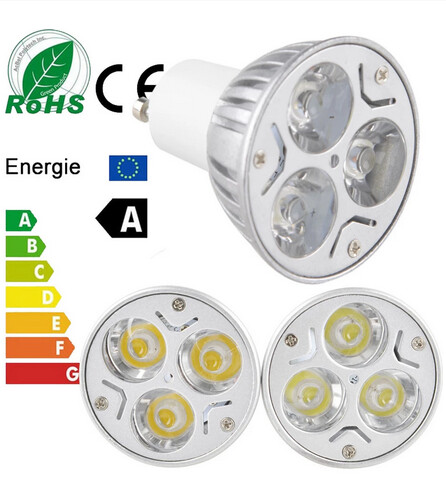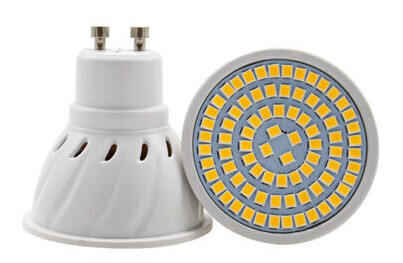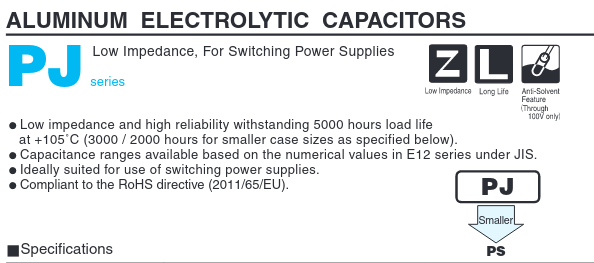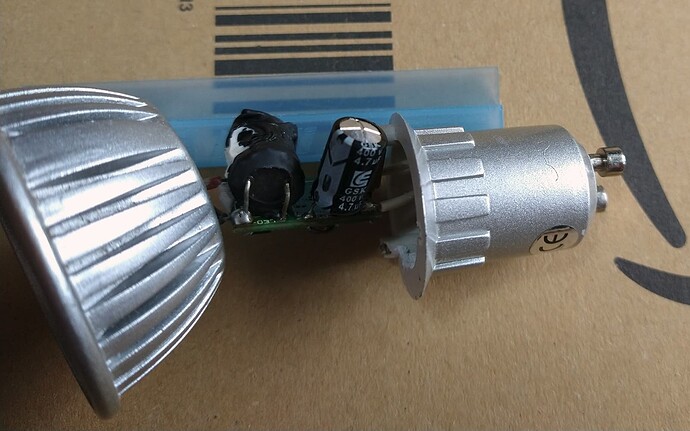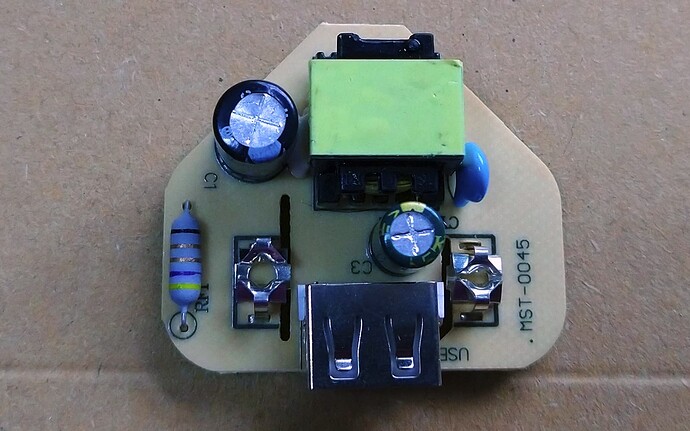Some are very difficult to spot - o vs ο would be a good one (latin lower case o vs lower case Omicron), or c vs ϲ - different yet almost identical.
As has been said - have a high index of suspicion and always type URLs by hand.
The problem is that LED is much more efficient in terms of power in vs light out, the perceived quality of the light is probably due to the spectral content - incandescent is continuous, but because “white” LEDs are actually blue LEDs with phosphors added for the red and green components there are discontinuities - though there are now “wide spectrum” LEDs which overcome this (mainly for specialised applications at present).
LED is *way* better than CFL though.
They are much better than they used to be - cheap ones can still be a bit naff though.
I’m not generally in favour of these YT videos which encourage people with no knowledge of mains electricity to work on equipment with non-isolated power supplies (or poorly isolated ones which rely on little more than a wing and a prayer and very little clearance to keep mains voltage away from the low voltage side).
That said I did fix the light in the loo in more-or-less exactly this manner as the soldering on one of the LEDs had failed and I could not get an identical replacement for the lamp (it was the only one that we found which would fit exactly into the space available). Shorting out the LED restored the lamp to almost 100% functionality (it’s now a 5.5W lamp, not a 6W lamp).
